The current canon Star Wars timeline is pretty extensive, technically beginning 25,000 years before A New Hope with the dawn of the first Jedi. Thankfully, those 25,000 years of in-universe history are split into a handful of major eras, such as the Old Republic, the High Republic, the Clone Wars, the Reign of the Empire, and the Age of Rebellion. Star Wars Outlaws, much like many movies, TV shows, and video games before it, takes place during the Age of Rebellion.
The era in which the original Star Wars trilogy takes place, the Age of Rebellion is one of the most popular eras in the franchise, being home to some of its most iconic characters, ships, planets, and story beats. But while Star Wars Outlaws takes place during this Age of Rebellion, it has a very specific spot in the timeline. This specificity helps Star Wars Outlaws to stand out from the crowd, and it’s an approach that future Star Wars games should learn from.
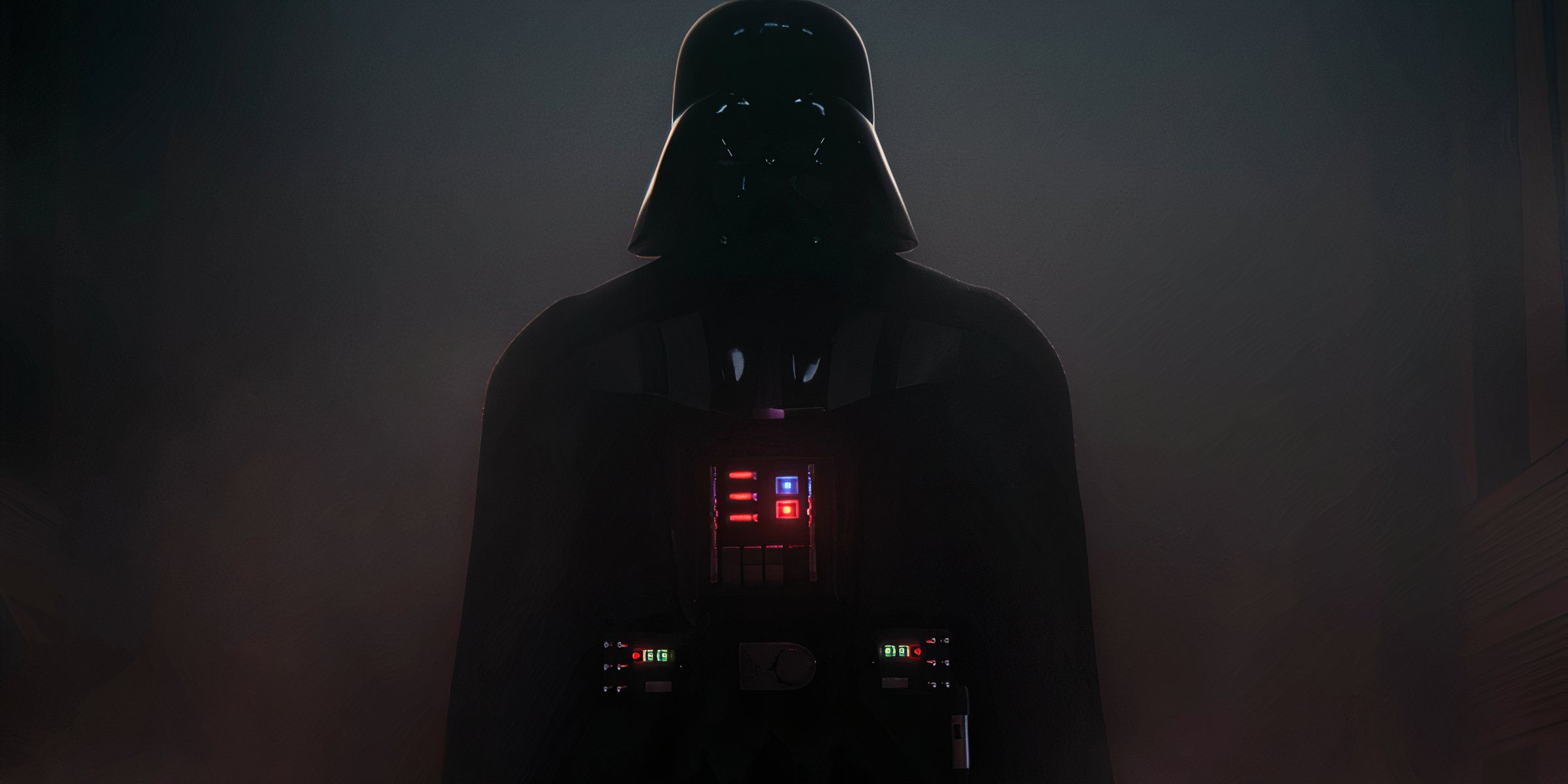
Related
Star Wars’ Jedi Series Ending Accommodates a Possible Upcoming Adaptation
Cal Kestis’ final chapter will bookend a golden era in Star Wars media and with a new movie trilogy there will hopefully come more adaptations.
Future Star Wars Games Should Borrow Outlaws’ Use of Timeline
Star Wars Outlaws’ Time Setting Helps It To Stand Out
The main story of Star Wars Outlaws takes place between Star Wars: The Empire Strikes Back and Return of the Jedi, putting it in a very unique spot in the timeline. The in-universe gap between the events of Empire and Return of the Jedi is around just 9 months to a year, and that limited period doesn’t give much room for sprawling TV shows, movies, or even video games.
But Star Wars Outlaws seizes the opportunity few Star Wars projects have, offering a novel perspective on an equally novel period. While fans are used to seeing the Rebel Alliance on the back foot, Star Wars Outlaws has a few unique glimpses of the Rebellion’s newfound desperation following the devastating Battle of Hoth. Similarly, Star Wars Outlaws shines a light on the Empire’s continued efforts to keep the galaxy under its thumb, and how those efforts impose on the Outer Rim’s criminal underworld.
The specificity of Star Wars Outlaws‘ place in the timeline allows it to dig deeper into some lesser-known Star Wars lore. And though they’re not the most fascinating angles in Star Wars history, they go a surprisingly long way in helping Star Wars Outlaws to stand out from its contemporaries and other Age of Rebellion-set projects.
Future Star Wars Games Could Benefit From Being Set Between Specific Movies
While there have been some outliers, many Star Wars projects in recent years have been set during the same era. The Mandalorian and its resulting spinoffs (Ahsoka, The Book of Boba Fett) have all been set around five years after the events of Return of the Jedi, and Respawn’s Star Wars Jedi series and the Obi-Wan Kenobi show take place 5–10 years after Revenge of the Sith.
The frequency of these eras has become a little grating for some fans. There are so many other eras in the Star Wars timeline that Disney has barely scratched the surface of, and Star Wars video games are the perfect projects to flesh those eras out a bit more. Though some may not enjoy the movies, the sequel trilogy’s Rise of the First Order is an era that desperately needs some more context.
The period between The Phantom Menace and Attack of the Clones would also be ripe for some kind of video game expansion, with it exploring the rise of the Separatist movement. Setting future Star Wars games in these specific periods would give them a distinct identity while also providing some retroactive context for the entire saga.
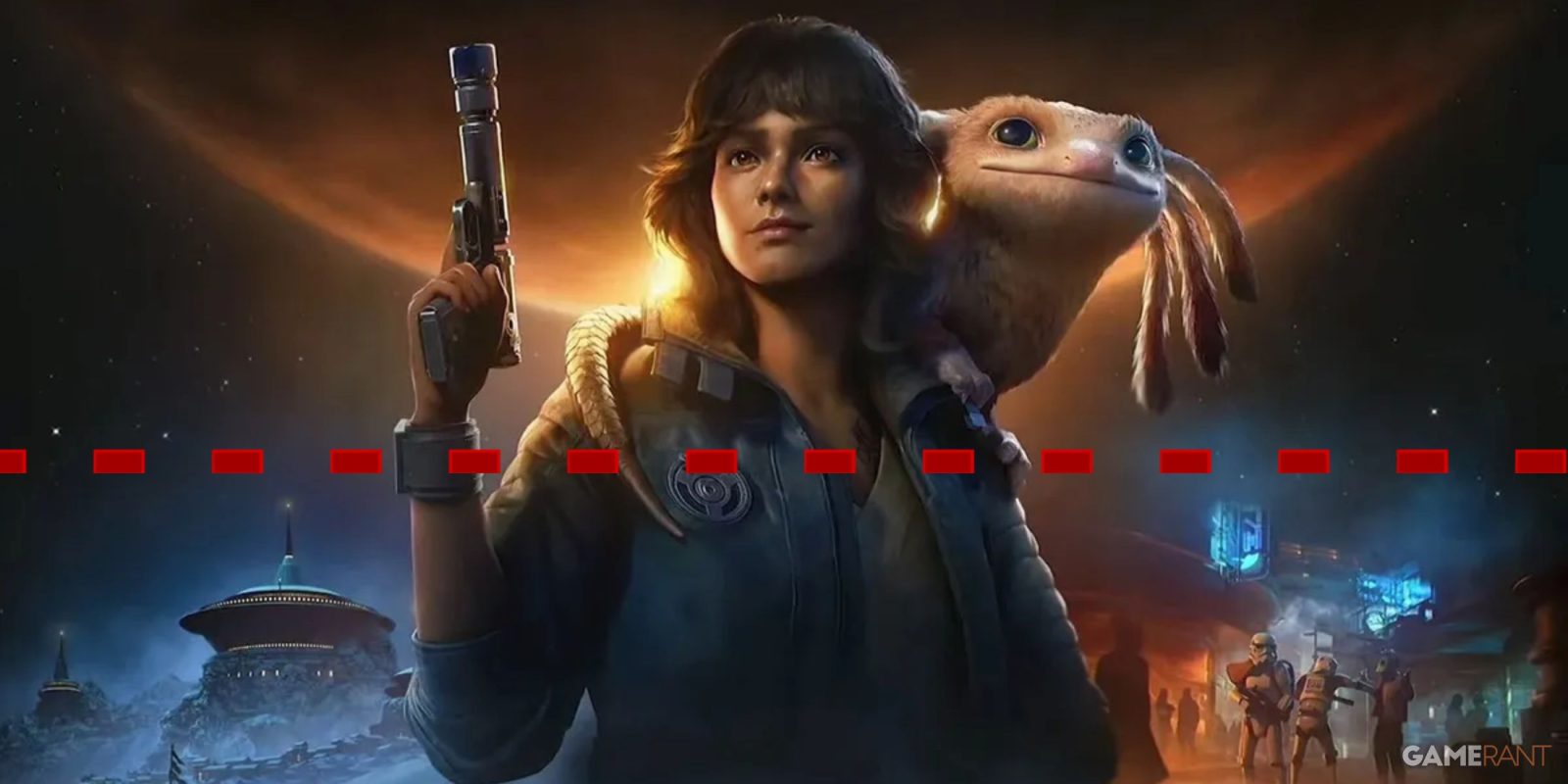
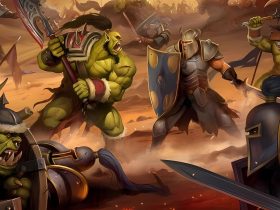
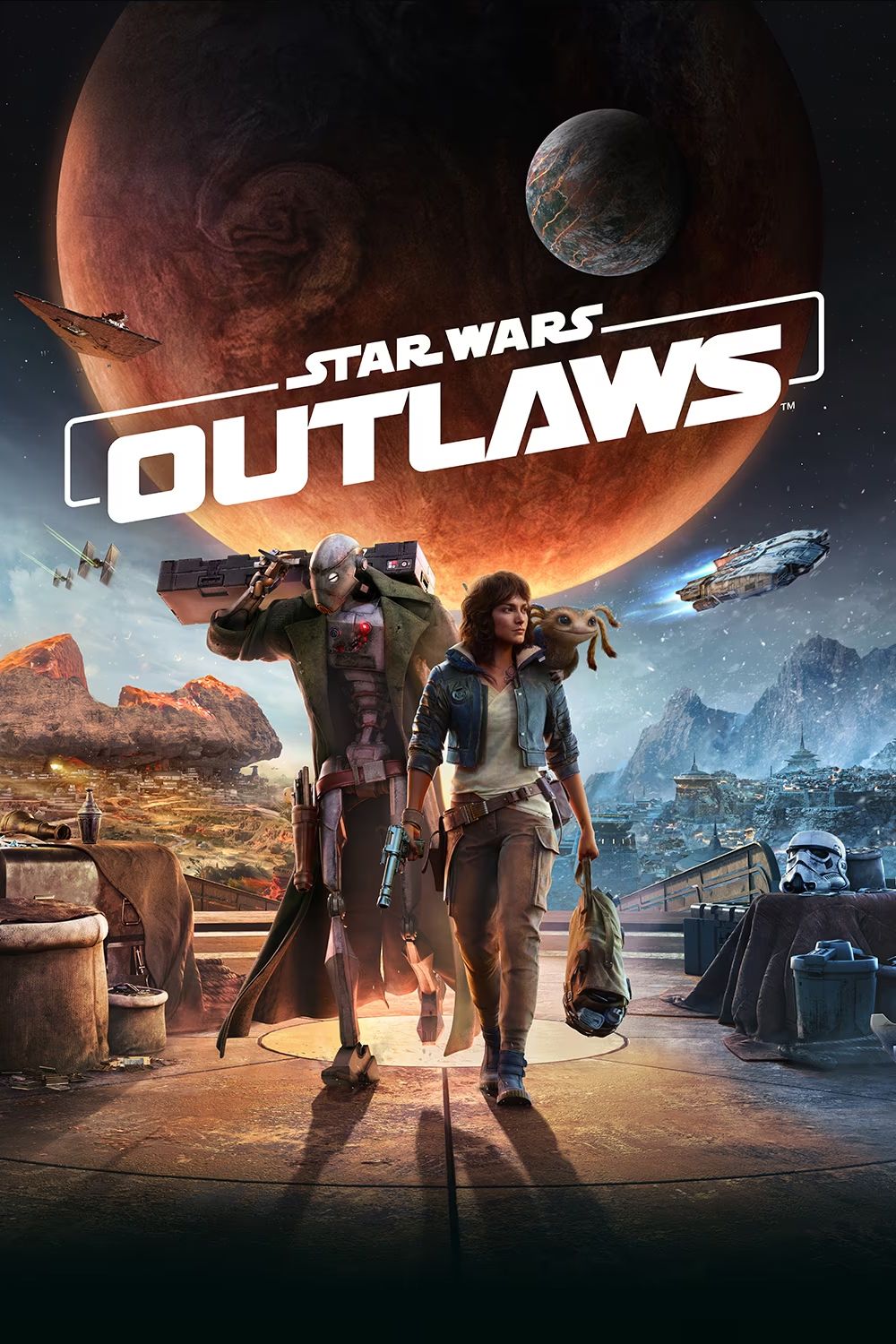



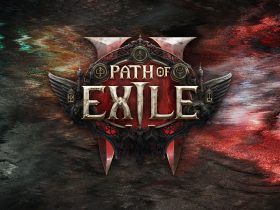



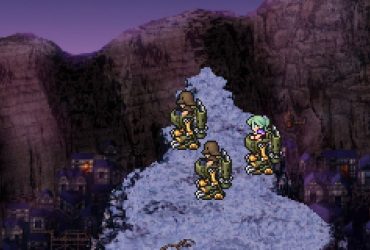


Leave a Reply